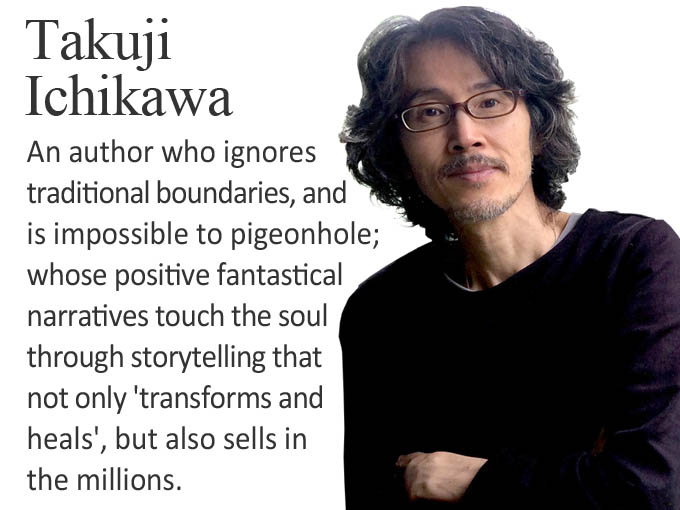Japan’s first magazine targeting women, Katei-no-Tomo, was launched in 1903[UPDATED: 2-14-2018]
It took 36 years from the launch of Japan’s first western-style magazine in 1867, Seiyo-Zasshi (Western Magazine), for a magazine exclusively targeting Japanese women to be published. Katei-no-Tomo, The Family Friend, was launched in 1903 by Yoshikazu Hani (1880-1955) and his wife Motoko Hani (1873-1957). Motoko is widely recognized as Japan’s first female journalist. She met her husband (her second), while working as a reporter for the Hochi Shimbun.
The magazine was rebranded eventually becoming Fujin-no-Tomo, Women’s Friend, in 1908 and is still published today under that name. The couple, both Christians, tried to encourage women through the publication, which was non-political, to develop their own identities and act as equals within their households. The couple also founded a private girls school in Tokyo, which the American architect Frank Lloyd Wright (1867-1959) designed for them in 1921.
Fujin-Gaho, The Woman’s Illustrated Gazette, was launched two years after Katei-no-Tomo in 1905, by the novelist Doppo Kunikida (1871-1908). As it is still published under the same name today it is probably technically Japan oldest continuously published women’s magazine.
Kunikida, who was a fan of William Wordsworth (1770-1850), studied English at Tokyo Senmon Gakko, which became Waseda University and is now famous for its many author alumni such as Haruki Murakami, Mitsuyo Kakuta and Kazufumi Shiraishi among others. All these high profile contemporary authors successfully completed their studies, unlike Kunikida who was expelled. Kunikida, also a Christian, is known for his romantic poetry and his novel Aru Onna, A Certain Woman. He also founded a literary magazine and a publishing company despite an early death at 36 from tuberculosis.
Another interesting magazine launched around this time by five pioneering feminists, was Seito, Blue Stocking, in September 1911. It was named after the 18th Century British Blue Stocking Society. In its first issue Raicho Hiratsuka (1886-1971) wrote: “In the beginning Woman was the Sun. She was the genuine being. Now woman is the Moon. She lives through others and glitters through the mastery of others. She has a pallor like that of the ill. Now we must restore our hidden Sun”. The publication was extremely controversial with several issues being banned by the authorities. It folded in February 1916.
The magazine was rebranded eventually becoming Fujin-no-Tomo, Women’s Friend, in 1908 and is still published today under that name. The couple, both Christians, tried to encourage women through the publication, which was non-political, to develop their own identities and act as equals within their households. The couple also founded a private girls school in Tokyo, which the American architect Frank Lloyd Wright (1867-1959) designed for them in 1921.
Fujin-Gaho, The Woman’s Illustrated Gazette, was launched two years after Katei-no-Tomo in 1905, by the novelist Doppo Kunikida (1871-1908). As it is still published under the same name today it is probably technically Japan oldest continuously published women’s magazine.
Kunikida, who was a fan of William Wordsworth (1770-1850), studied English at Tokyo Senmon Gakko, which became Waseda University and is now famous for its many author alumni such as Haruki Murakami, Mitsuyo Kakuta and Kazufumi Shiraishi among others. All these high profile contemporary authors successfully completed their studies, unlike Kunikida who was expelled. Kunikida, also a Christian, is known for his romantic poetry and his novel Aru Onna, A Certain Woman. He also founded a literary magazine and a publishing company despite an early death at 36 from tuberculosis.
Another interesting magazine launched around this time by five pioneering feminists, was Seito, Blue Stocking, in September 1911. It was named after the 18th Century British Blue Stocking Society. In its first issue Raicho Hiratsuka (1886-1971) wrote: “In the beginning Woman was the Sun. She was the genuine being. Now woman is the Moon. She lives through others and glitters through the mastery of others. She has a pallor like that of the ill. Now we must restore our hidden Sun”. The publication was extremely controversial with several issues being banned by the authorities. It folded in February 1916.

